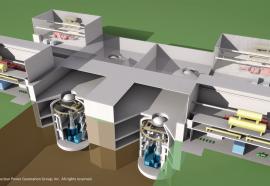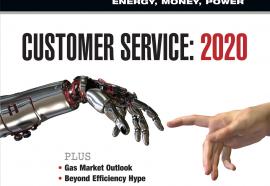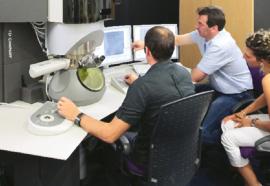Beyond Intermittency
Forecasting brings wind energy under control.
Advancements in forecasting have improved the reliability of day-ahead and hour-ahead estimates of wind generation. Wind never will behave like a base-load power plant. But as system operators integrate wind forecasts into their planning and market processes, they’re transforming intermittent wind energy into a variable but reliable resource.











